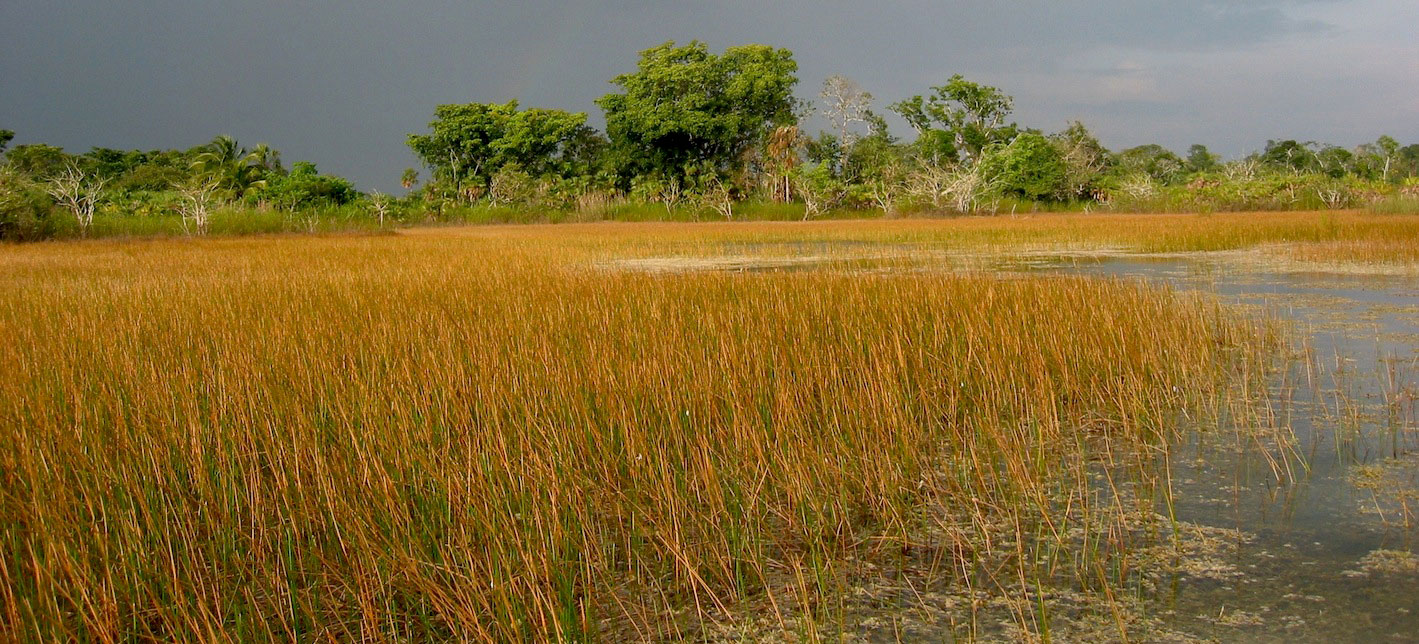Postdocs
Background
A postdoctoral researcher (aka "postdoc") is a person who has earned a PhD degree, but is seeking to gain a second proficiency and additional experience, with an eye toward an eventual faculty position. A postdoc can last from 1-5 years. Because I view a postdoc as a transitional position, my preference is to regularly encourage the postdoc to work effectively toward earning their next job as a professor or whatever else they seek as a career path. I provide mentoring on technical skills, writing, creative scientific thinking, scholastic life, DEI, and permanent job applications. Faculty positions are extremely competitive, and increasingly so with the onset of the covid pandemic. Realistically, to garner a faculty position the postdoc period is a time for taking initiative, exhibiting grit, and working very effectively. Postdocs have the most freedom in their time (neither teaching nor taking classes) , which means they need to develop strong time management skills to be successful. A postdoc can also be a terrific opportunity to make an impact on society in the applicaiton of one's research to local environmental problems. Among my former postdocs trained 2000-2016, all are now tenure-track professors, except one who leads a consulting firm. My most recent postdocs since 2017 have tended to take more diverse career paths.
Current Postdocs
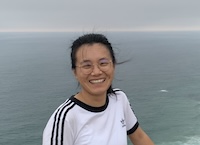 |
Dr. Zhihao Wang
|
 |
Dr. Nikhil Kumar
|
Past Postdocs
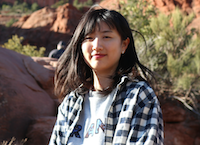 |
Dr. Anzy Lee
|
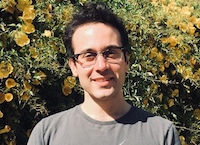 |
Dr. Herve Guillon
|
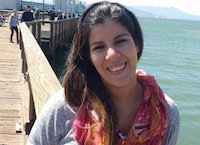 |
Dr. Romina Diaz-Gomez
|
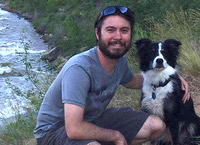 |
Dr. Colin Byrne
|
| |
Dr. Sebastian Schwindt
|
| |
Dr. Andrew B. Gray
|
| |
Dr. Joshua R. Wyrick
|
| |
Dr. Beth Watson
|
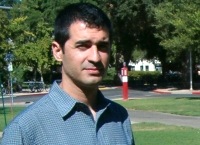 |
Dr. Marco Maneta
|
| |
Dr. Hamish Moir
|
| |
Dr. Peng Gao
|
|
Dr. Kendrick Brown
|
